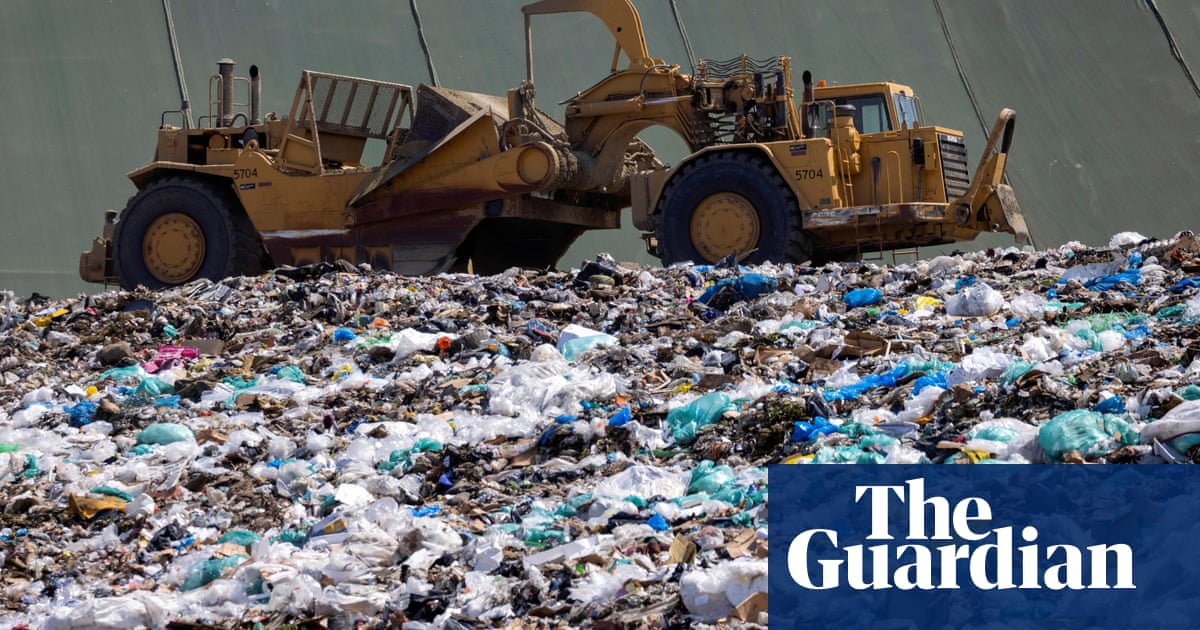Toxic PFAS “forever chemicals” that leach from landfills into groundwater are among the major pollution sources in the US, and remain a problem for which officials have yet to find an effective solution.
Now new research has identified another route in which PFAS may escape landfills and threaten the environment at even higher levels: the air.
PFAS gas that emits from landfill waste ends up highly concentrated in the facilities’ gas treatment systems, but the systems are not designed to manage or destroy the chemicals, and much of them probably end up in the environment.
The findings, which showed up to three times as much PFAS in landfill gas as in leachate, are “definitely an alarming thing for us to see”, said Ashley Lin, a University of Florida researcher and the lead author of the study.
“These findings suggest that landfill gas, a less scrutinized byproduct, serves as a major pathway for the mobility of PFAS from landfills,” the paper’s authors wrote.
PFAS are a class of about 16,000 compounds used to make products resistant to water, stains and heat. They are called “forever chemicals” because they do not naturally break down and have been found to accumulate in humans. The chemicals are linked to cancer, birth defects, liver disease, thyroid disease, plummeting sperm counts and a range of other serious health problems.
As researchers have begun to understand the chemicals’ dangers in recent years, the focus has largely been on water pollution, and regulators have said virtually all leachate from the nation’s 200 landfills contain PFAS. But scientists are beginning to understand that PFAS air pollution is also a significant threat.
The chemicals concentrate in landfills because they are widely used across dozens of industries and are in thousands of consumer products that end up in the facilities at their lives’ end. As the products decompose, the chemicals can turn into gas and be released into the air.
Much of that can be captured by landfills’ gas collection systems. The captured gas in some cases is run through filters or burned off in a flare. However, PFAS are notoriously difficult to destroy, and flares are not an effective way to eliminate them.
after newsletter promotion
Typically, flares or incineration will simply break down PFAS into smaller forms of the chemicals instead of fully destroying them, and that waste will be sent into the air. For now, there is no clear picture of the levels, or how landfills can get a handle on the problem.
“That is a good question,” Lin said. “We need to understand that management aspect and what can happen with the different types of treatment technologies in place.”
Source link
